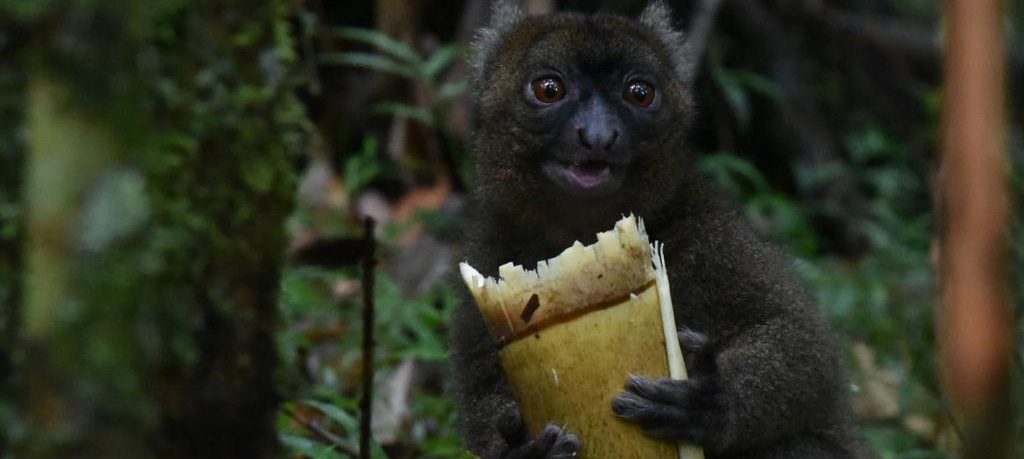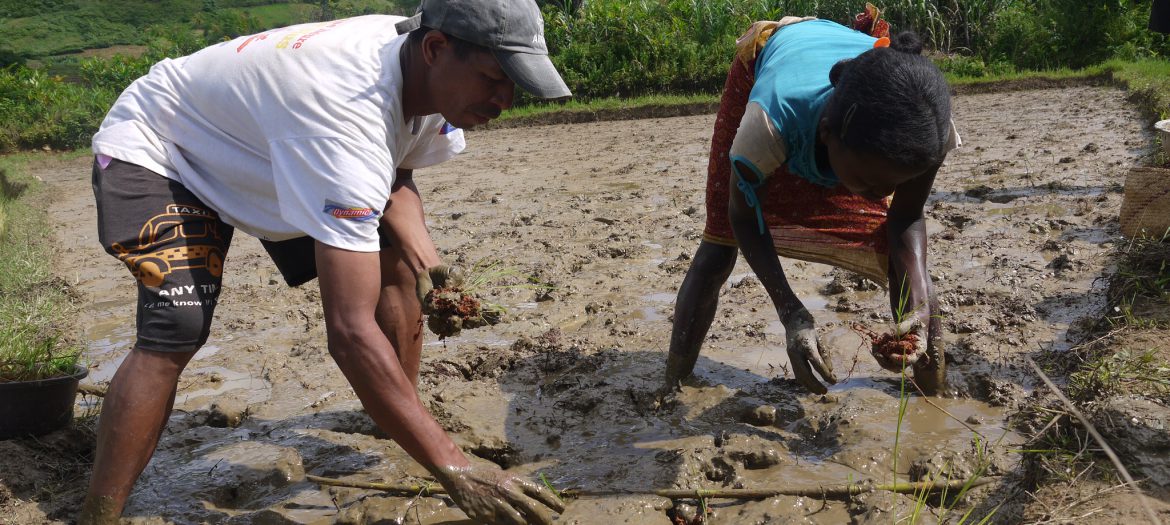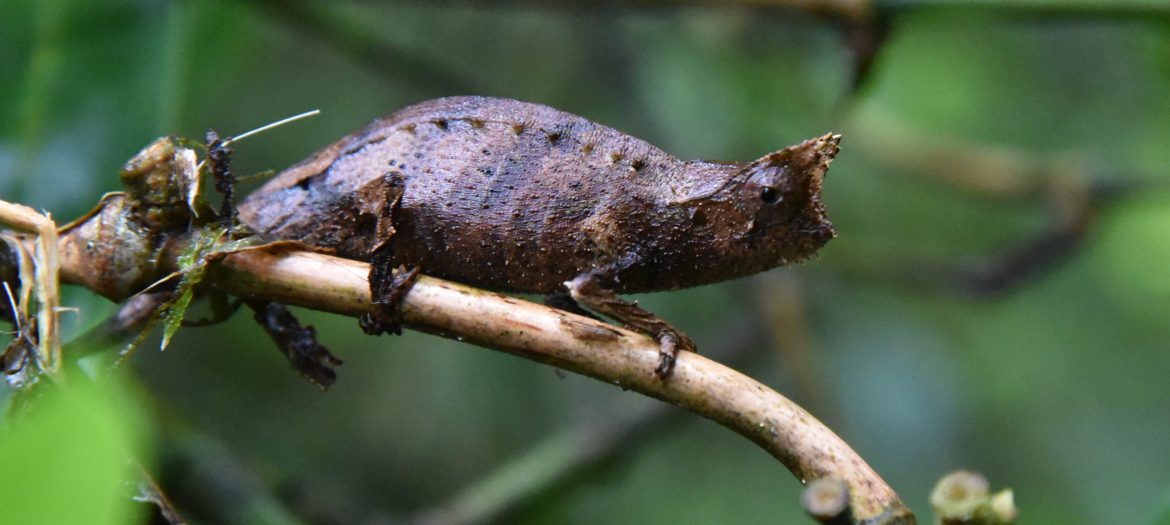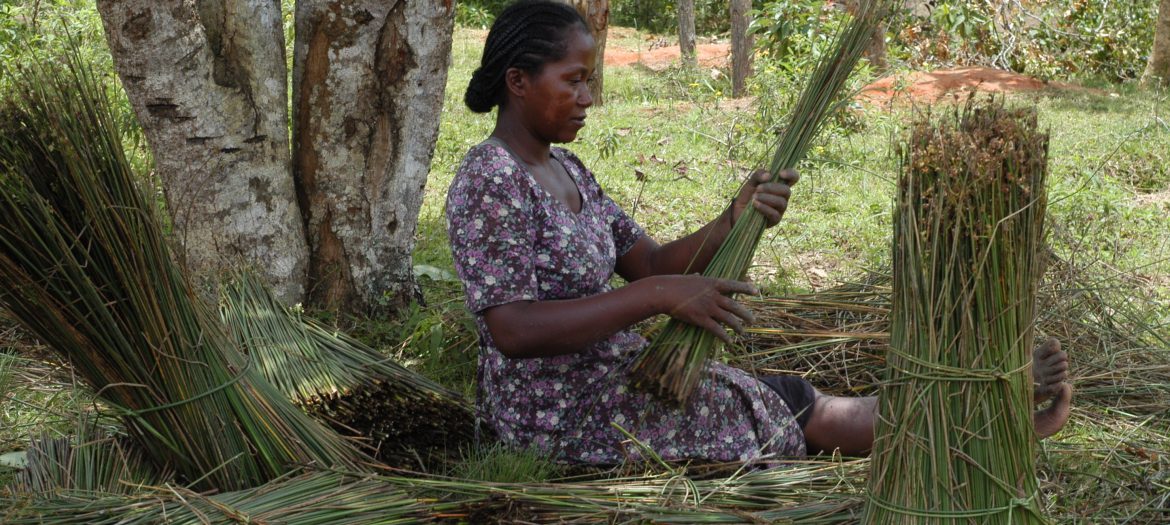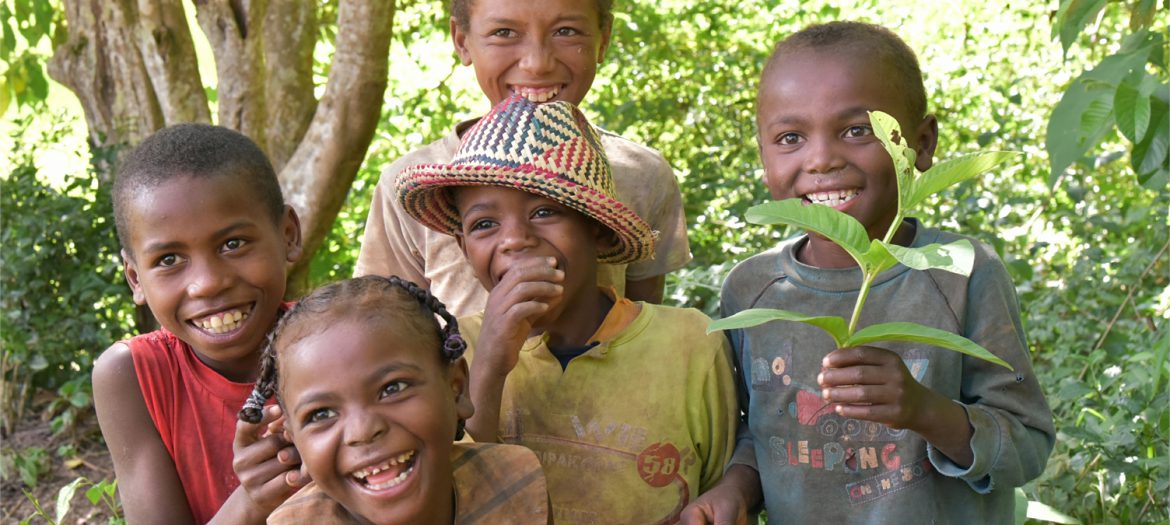Funded by Critical Ecosystem Partnership Fund
Ambatofinandrahana shelters a large tapia forest, around 8000ha. The tapia forest (Uapaca bojeri.), A species endemic to Madagascar, provides wood and non-wood products which play an important role in the local economy; among others wild silk, mushrooms, orchids, medicinal plants.
The tapia forest area of the commune of Ambatofinandrahana is managed by 10 basic communities in 10 fokontany (Mahavanona, Vinany, Ambohimanandriana, Riandampona, Ambatomenaloha, Ambatoharanana, Ivary, Marovoalavo, Andrahalana, Andraikita). 83% of the forest cover in the commune is represented by the tapia forest.

The tapia forest is the only natural forest existing in the commune and the inhabitants serve them for their daily needs: firewood, construction wood, and livestock pens. Ambatofinandrahana is the leading supplier of wild silk cocoons to artisans across the island, and the sale of wild silk cocoons is the second source of income after rice for neighboring households. It is a place of supply of these raw materials by weavers throughout Madagascar. The rational exploitation of wild silk is an income-generating activity enabling local residents to improve their income and reduce the pressure on the tapia forest. These local communities come together in AMAFI union
However, for decades, the tapia forest has been degraded by various anthropogenic pressures, such as bush fires and clearing for the extension of crop fields and the charcoal production. The tapia forest has already lost a significant part of its surface, it is fragmented. The annual deforestation rate in the Amoron’i Mania region is 0.7% between 2005 and 2010 (Source: Evolution of natural forest cover in Madagascar (2005 – 2010), www.pnae, mg. Even if the tapia tree is resistant to fires, it devastates species associated with tapia, in particular wild worms, which causes a great loss of biodiversity. Fires occur either by the act of banditry (dahalo) to erase the traces of their passage, or by the population itself to clean the agriculture fields.

Funded by Critical Ecosystem Partnership Fund, in partnership with University of Antananarivo Entomology Department and the AMAFI Union, this project consists in strengthening the capacities of communities in conservation of tapia forest and to give them market opportunities to develop the silk sector.
In collaboration with the 10 communities, 100 hectares of tapia forest will be restored. As for the production of young tapia plants from community nurseries will be installed at each COBA and the mychorrisation technique will be introduced to increase the survival rate of plants after transplantation. Fire barriers will be installed around newly restored areas so that young plants are protected by perimeter fire barrier or individual fire barrier.

To motivate communities, Ny Tanintsika will practice the seed-for-work approach. It means, households participating in community planning activities will be provided with seeds. This approach consists of providing seeds against the work carried out by community members in part of management the tapia forest.
Members of local communities will be involved in monitoring and evaluating biodiversity in the intervention areas. People from each local community designated by its members as patrol officers will carry out monitoring and surveillance in their respective forests every two months. They collect the information with the GPS tool and report it to the project manager for analysis.

In order to develop silk sector, a point of sale of cocoons and silk threads which named « Maison de la Soie” will be established. The profits from “Maison de la soie” activities will be allocated mainly in conservation activities of tapia forest, but the decision of the use will be up to AMAFI UNION.
Village savings and loans groups (VSL) also will be created in village level. It is a system for building savings with which members can make loans to finance their social and economic activities.

Credit Photo: Ny Tanintsika
“The Critical Ecosystem Partnership Fund is a joint initiative of l’Agence Française de Développement, Conservation International, the European Union, the Global Environment Facility, the Government of Japan and the World Bank. A fundamental goal is to ensure civil society is engaged in biodiversity conservation.”





